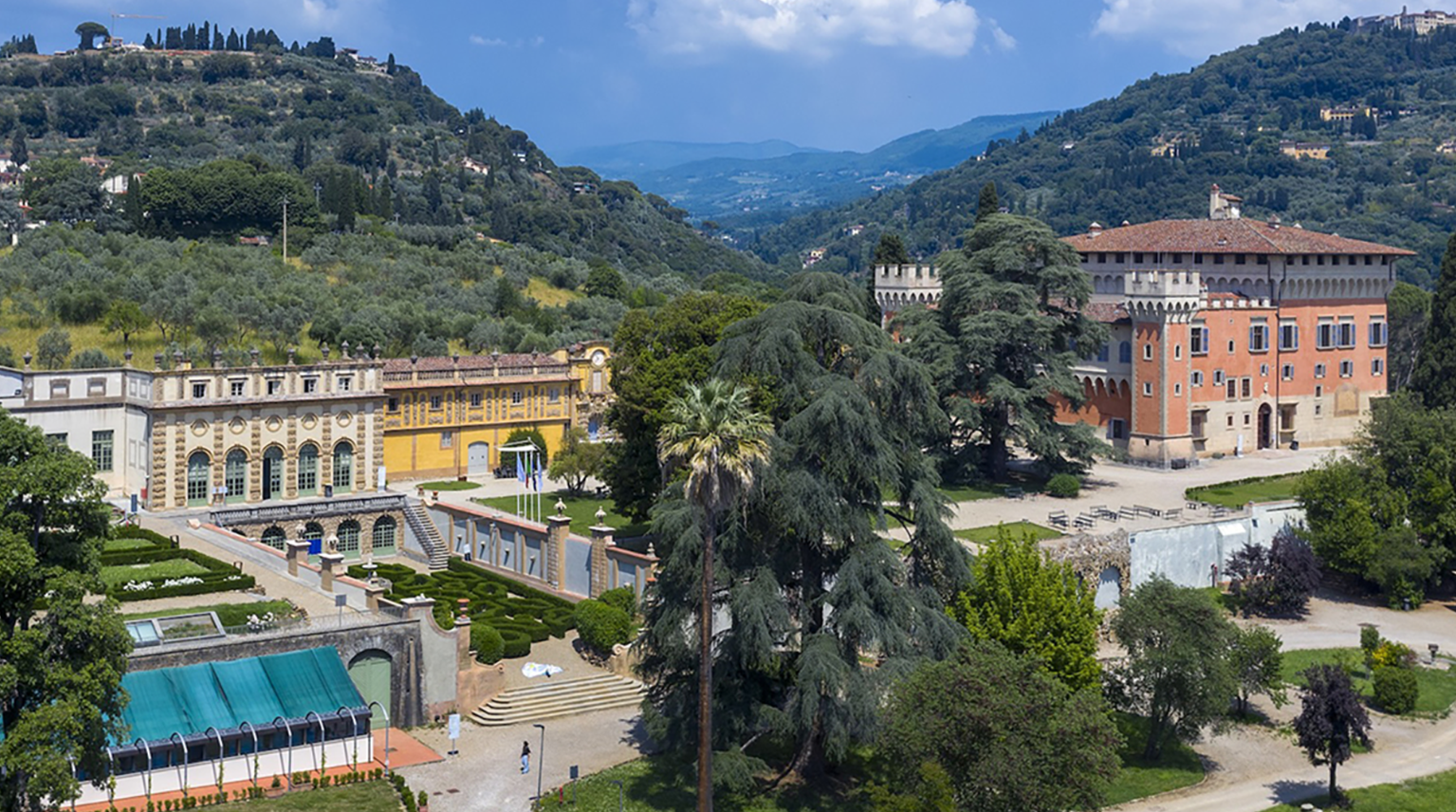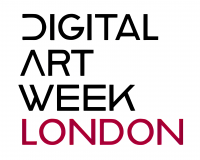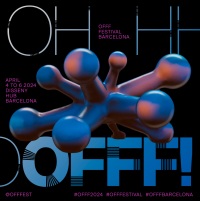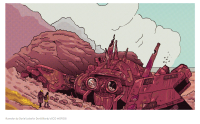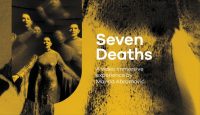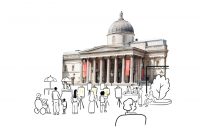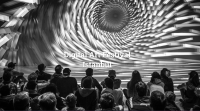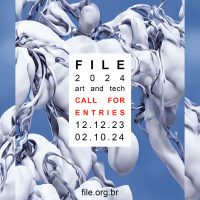Text by Caterina Sbrana.
The International Council of Museums defines the Museum as A permanent, non-profit institution serving society and its development. It is open to the public and carries out researches concerning the material and immaterial testimonies of humanity and its environment; it acquires them, preserves them, communicates them and, above all, exposes them for the purposes of study, education and pleasure.
However there is a museum in Tokyo’s Odaiba district that has no floor maps, no glass or ropes around the exhibits, has nothing at all in fact to distance the viewer from the viewed. That’s because the some 60 works on display are all digital, projected onto surfaces or shining out from screens (except from the text).
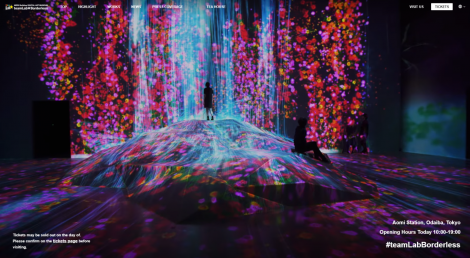
The creators of the museum define themselves as a group of artworks that form one borderless world. Artworks move out of the rooms, communicate with other works, influence, and sometimes intermingle with each other with no boundaries.
An art, then, without border that covers 10,000 square meters where we admire a three-dimensional world.
We explore this extraordinary virtual museum. We can move in the Universe of Water, or admire the beauties of Crystal World, walk in the Flower Forest, try to capture the Spirit of the Flower etc. immersing ourselves in environments that involve all our senses.
It is not simply an observation of a work of art, it is a continuous interaction with those close to you, it is a continuous perception of a world without borders, it is an immersion without sense of time.
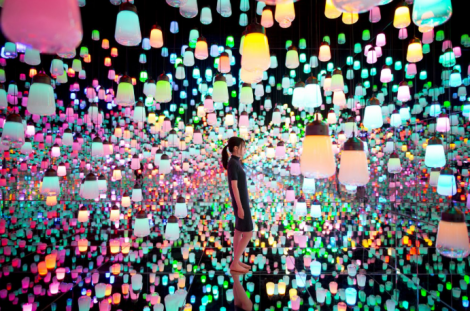
forest of resonating lamp
We can’t be surprised if Swizz Beats chose this location to make the video of the song Echo, or why it is used by the photographer Miko Ninagawa. Miko says that taking photographs inside this virtual museum was like going into the forest for an adventure even though this forest was digital.
Takashi Kudo, responsible for communication for the collective TeamLabBorderless explains that it is not only technology the core of the TeamLab’s work, but rather the desire to create digital art for “changing people’s values and contributing to the progress of society”.
We too, readers and users of art in all its forms, are interested in keeping an eye on the future developments of “digital art”.
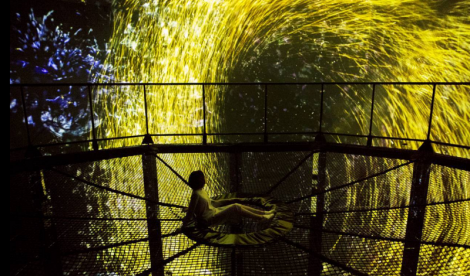
the way of the sea, floating nest
MORI Building DIGITAL ART MUSEUM: teamLab Borderless
Odaiba Palette Town 2F, 1-3-8 Aomi, Koto-ku, Tokyo, Japan
https://borderless.teamlab.art/



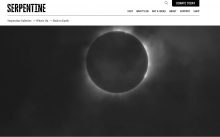

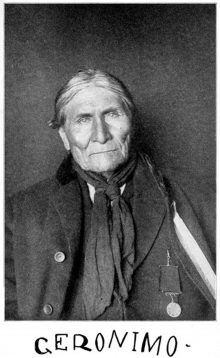
 If you have interesting news and events to point out in the field of digital cultural heritage, we are waiting for your contribution.
If you have interesting news and events to point out in the field of digital cultural heritage, we are waiting for your contribution.





